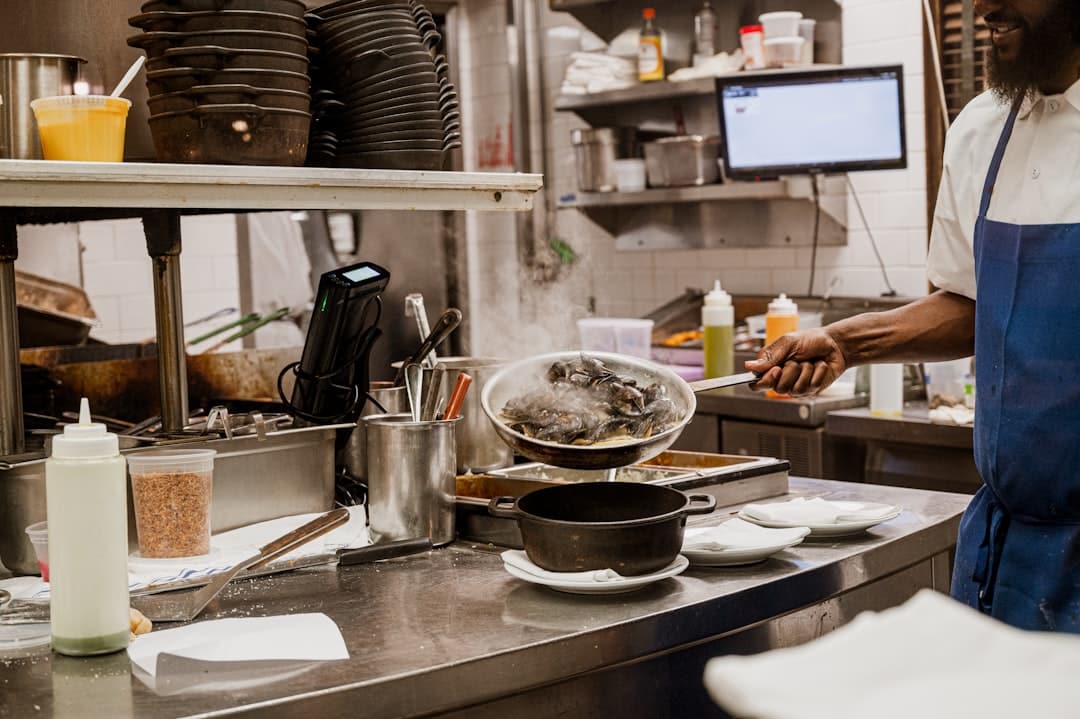POS System Templates for Restaurants: Free & Paid Options Compared

For modern restaurants, having an efficient point-of-sale (POS) system is no longer optional — it’s essential. Whether you’re running a bustling bistro or a cozy cafe, the right POS system streamlines orders, tracks inventory, and manages customer payments. Behind these systems are the templates that dictate how operations flow. With the rise of customizable POS solutions, restaurant owners now have a variety of free and paid POS templates to choose from. This article explores and compares these options to help you make an informed decision for your business.
What Are POS System Templates?
POS system templates are pre-designed interfaces or layouts that dictate how transactions appear on the screen, how menus are organized, and how backend operations like reporting and inventory tracking are structured. Many modern POS providers allow customization through templates to suit specific operational needs. Restaurants, in particular, benefit from industry-specific templates that cater to common service models such as full-service dining, takeout, or quick service.
Free POS System Templates
Free templates are typically offered by open-source POS systems or basic versions of commercial platforms. While they may lack advanced customization features, they can be highly efficient for small or emerging restaurant businesses.
- Square POS – A widely-used free option with customizable templates for food trucks, cafes, and small eateries. Offers basic inventory tracking, sales reporting, and menu management.
- Loyverse POS – A free POS solution designed with restaurants in mind. Includes table layout designs, kitchen display support, and customer management functionalities.
- Floreant POS – An open-source option that’s completely free to use. It offers modifiable templates for dine-in, bar service, and delivery setups. Though powerful, it requires some technical know-how to install and customize.
- GloriaFood POS – Offers a free, user-friendly point-of-sale system designed for restaurants and takeaways, with built-in online ordering, table reservations, and delivery management – making it an accessible solution for small to mid-sized food businesses looking to streamline operations.
While these free options can help reduce initial costs, they often come with limitations in tech support and advanced features.

Paid POS System Templates
Paid POS templates usually come as part of a comprehensive service package from commercial POS providers. These templates are tailored, feature-rich, and include professional customer support.
- Toast POS – Designed specifically for restaurants, Toast offers highly customizable templates for various service formats. Features include integrations with online ordering systems, kitchen displays, employee management, and loyalty programs.
- TouchBistro – A premium point-of-sale solution offering visual floor plan templates, modifiable menu designs, and robust reporting features. Templates can be optimized for fast-casual dining, bars, or even multi-location deployments.
- Lightspeed Restaurant – Provides visually intuitive templates that support complex menu structures, ingredient-level inventory tracking, and multi-lingual interfaces — ideal for diverse or upscale restaurants.
Paid options come with the advantage of ongoing updates, cloud backup capabilities, and dedicated support teams. They’re particularly suitable for restaurants aiming for scalability and refined control.
Key Differences: Free vs. Paid Templates
| Feature | Free Templates | Paid Templates |
|---|---|---|
| Customization | Basic to moderate | High, with drag-and-drop tools |
| Customer Support | Community-based or limited | 24/7 professional assistance |
| Reporting & Analytics | Limited | Advanced, real-time analytics |
| Integration Options | Minimal | Extensive third-party integrations |
| Price | Free | Monthly or annual subscription |
Choosing between free and paid templates ultimately depends on your restaurant’s size, budget, and operational complexity.

How to Choose the Right POS Template
Selecting the best POS template means looking beyond just aesthetics. Here are some essential criteria to consider:
- Service Model – Different templates cater to dine-in, takeout, or quick service. Make sure the layout supports your style of service.
- Ease of Use – Staff should be able to learn the interface quickly to minimize errors and training time.
- Scalability – As your business grows, the template should adapt to new locations, menu items, or customer engagement tools.
- Device Compatibility – Ensure the system works seamlessly across tablets, terminals, and handheld devices.
Conclusion
Investing in the right POS template is a foundational decision for restaurant success. Free POS system templates are excellent for small operations or start-ups, offering core functionality at zero cost. However, paid templates provide a robust, scalable solution with customization and support that’s vital for growing businesses. It’s worth evaluating your short-term needs and long-term goals before settling on a platform.
Whether you go with a free or paid POS system, what matters most is finding a reliable solution that enhances efficiency, supports your staff, and delivers a seamless experience to your customers.
